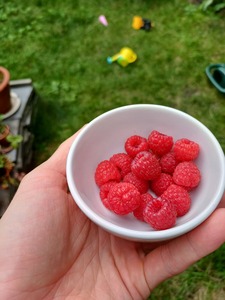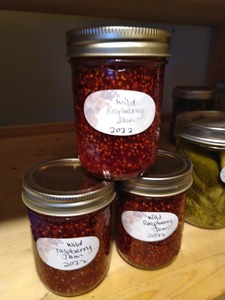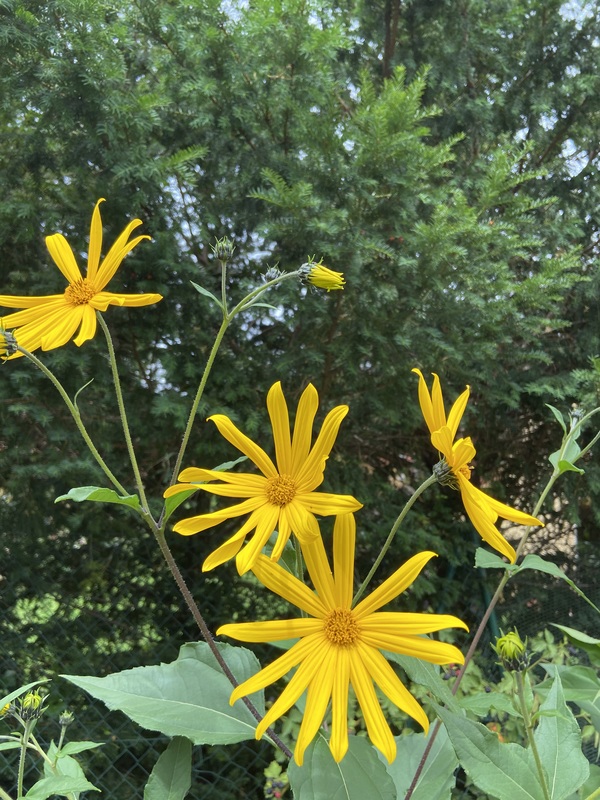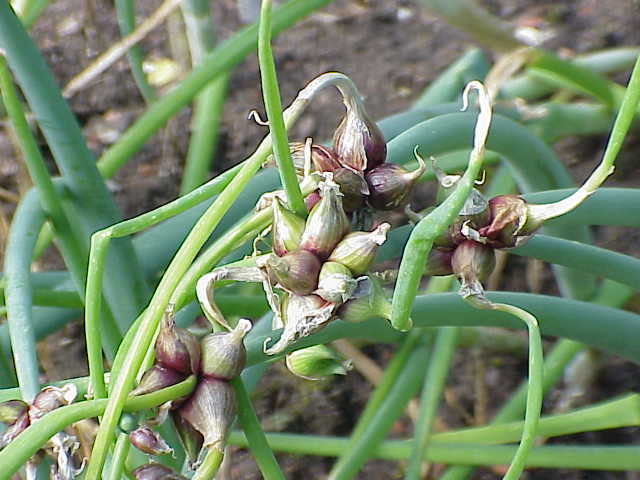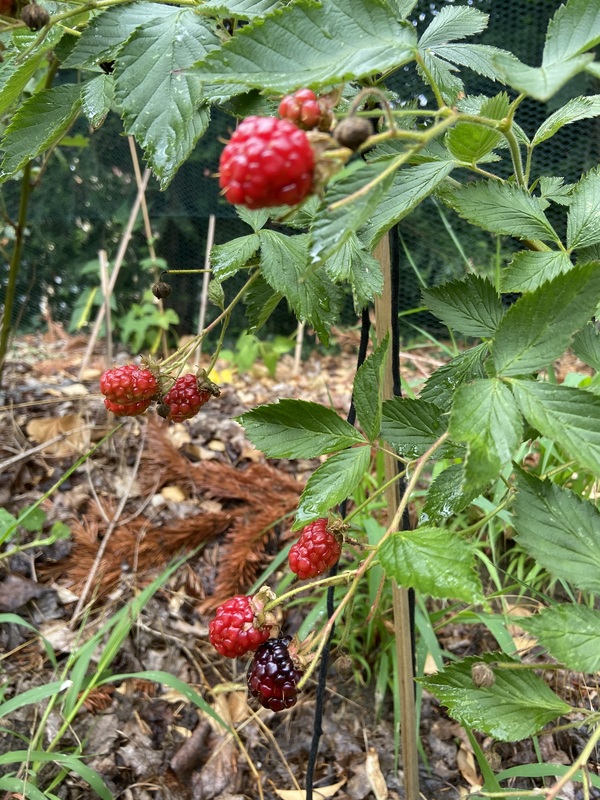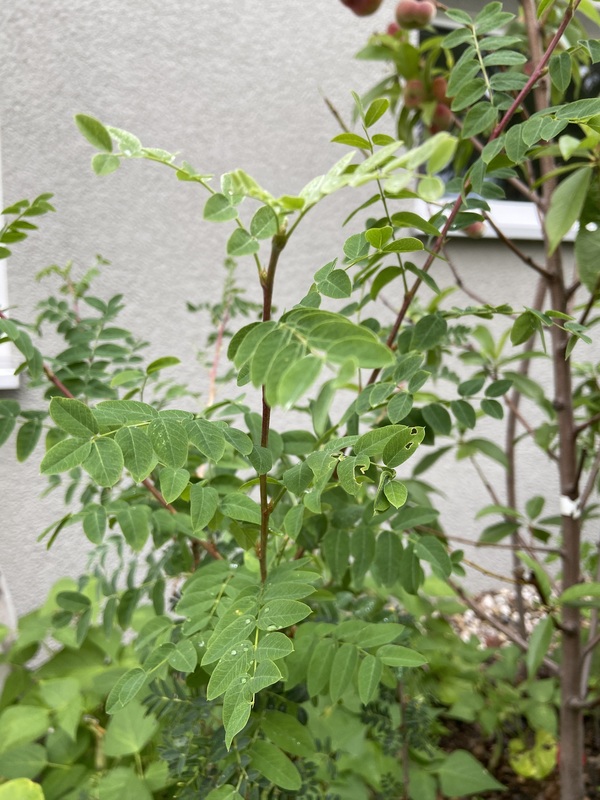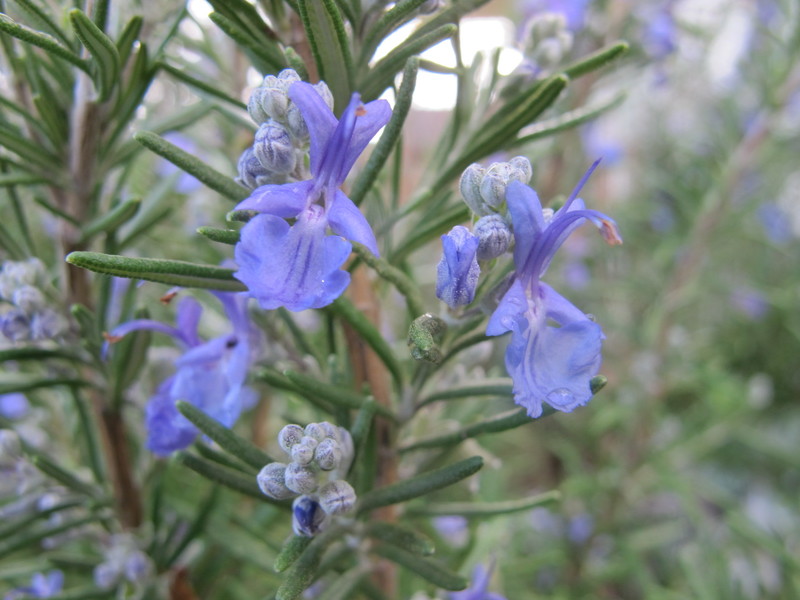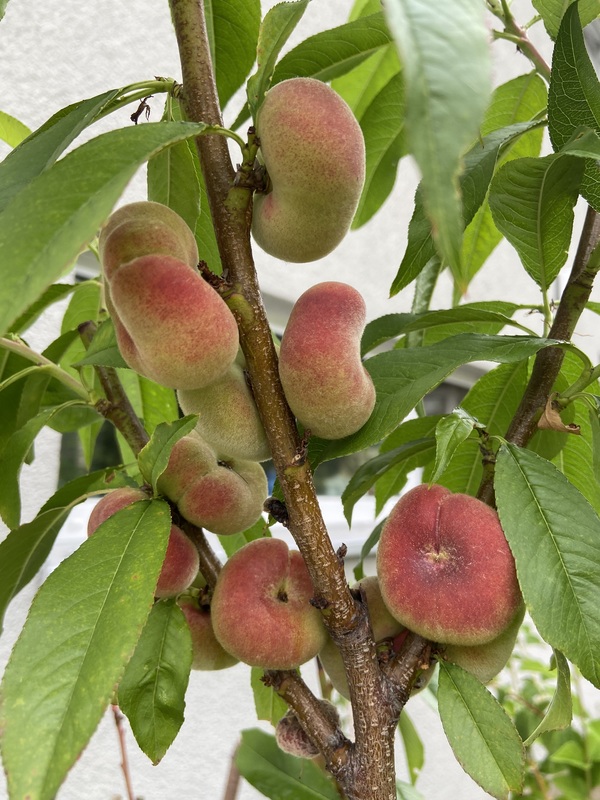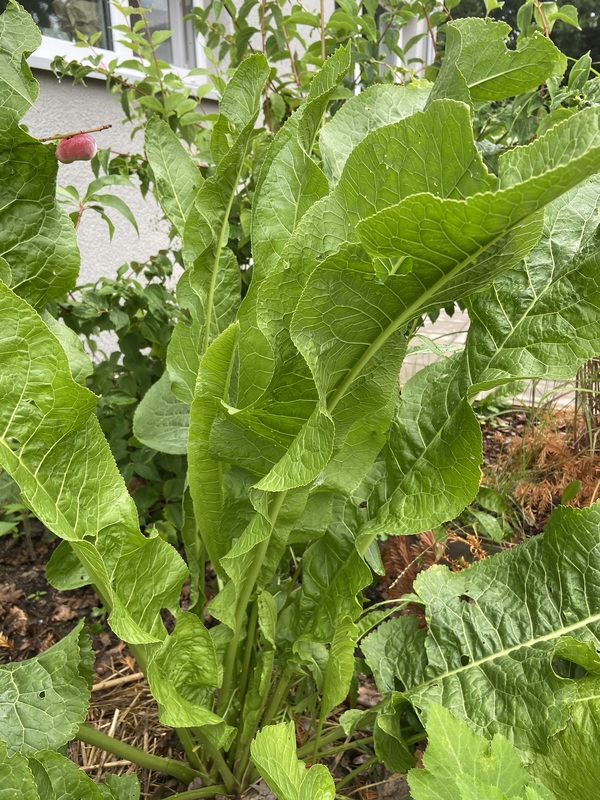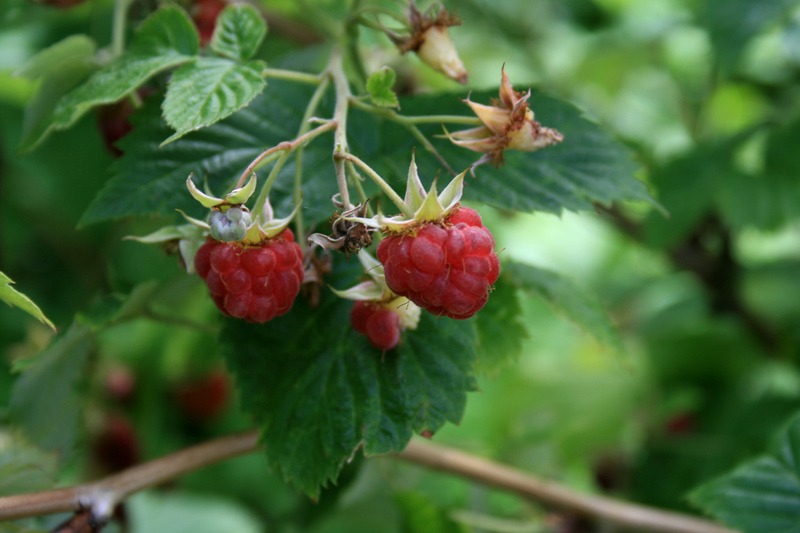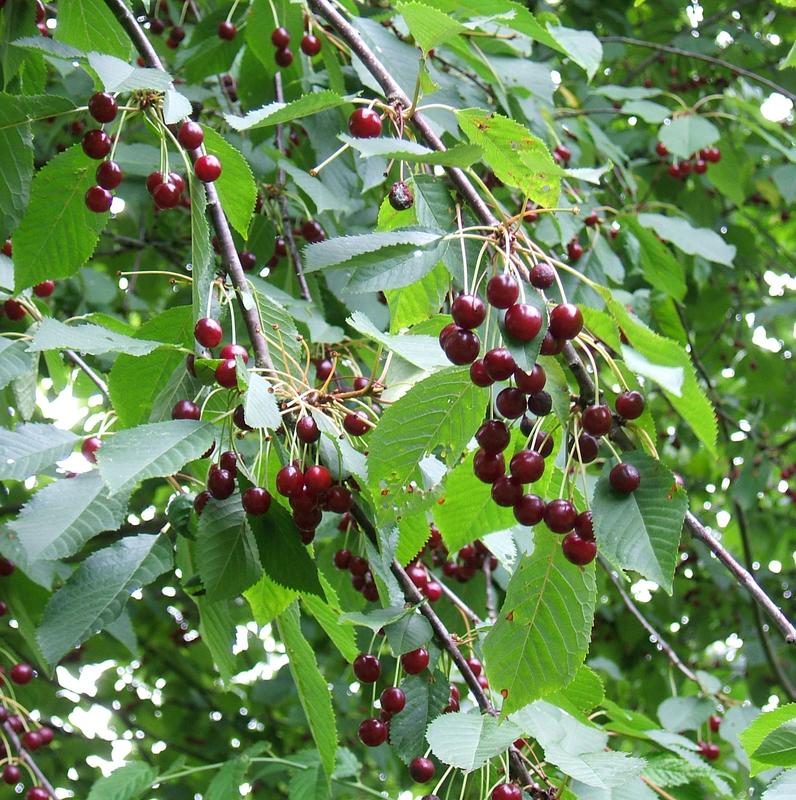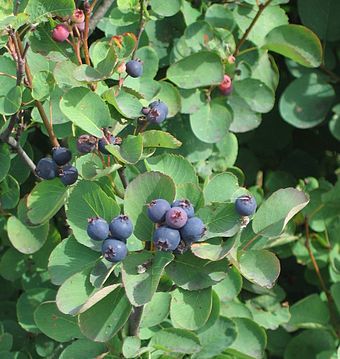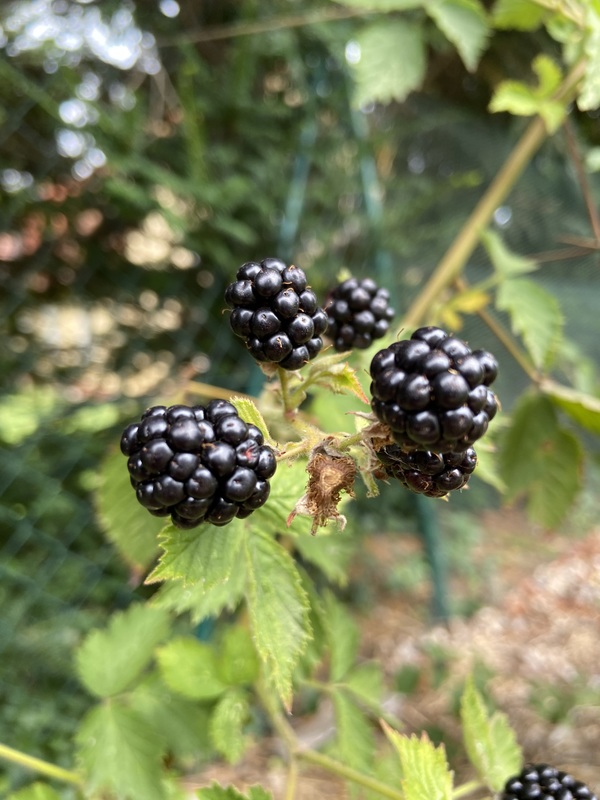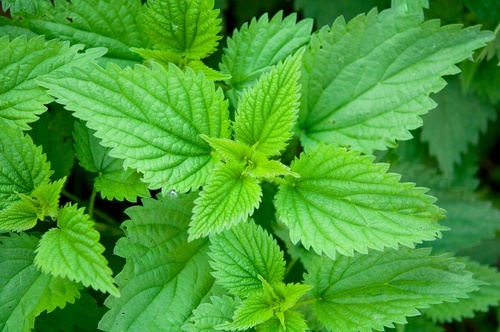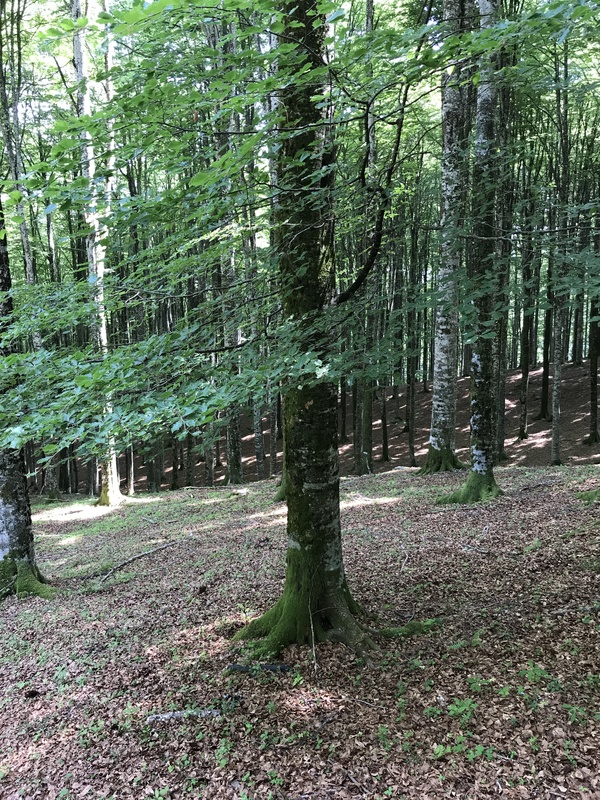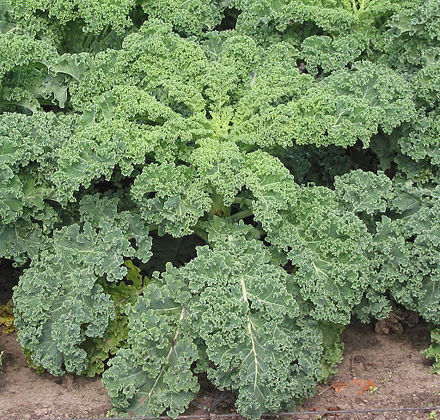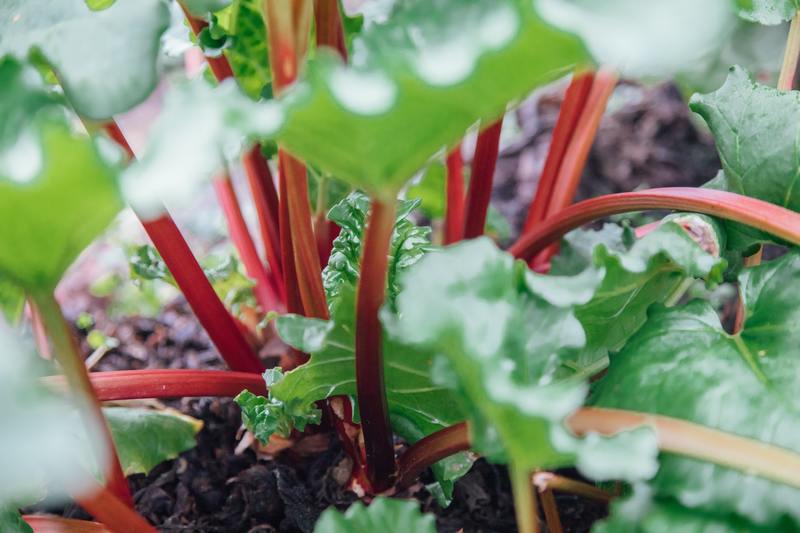Description
Raspberry (Rubus idaeus) is a plant native to Europe, Asia, and North America. It is a perennial plant that grows upright with canes that can reach up to 5 feet in height. The leaves are green and compound, with 3-5 leaflets on each stem. The flowers are white or pink and have five petals. The fruit of the raspberry plant is a red, edible drupe that is about the size of a small marble.
Raspberry plants prefer well-drained soil and full sun, but they can also tolerate partial shade. To cultivate raspberries successfully, a grower may need to provide support for the canes, as well as prune them regularly to promote new growth. Raspberries are typically propagated through root cuttings or by dividing the root system.
Raspberries are edible and the fruit can be eaten fresh or used in a variety of dishes. The fruit can also be frozen or canned for later use. In addition to their use as a food, raspberries have been used medicinally for their astringent and anti-inflammatory properties. The leaves of the raspberry plant can also be brewed into a tea.
Raspberry plants are valued for their fruit, but they also provide habitat and food for a variety of wildlife, including birds and small mammals. The plants can be used as a natural form of pest control, as they attract beneficial insects that prey on pest insects.


